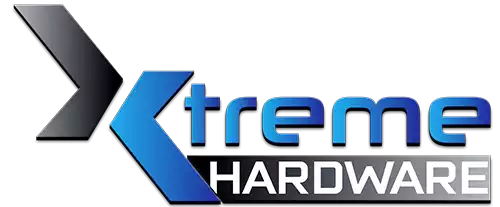Data compression & Multimedia Test
7zip 9.20
Let's move to the benchmarks related to compression, decompression and multimedia files from a known program to manage archives: 7zip.
Let's launch the tool of performance measurement and verify the values, expressed in MIPS, the software reports.

Llano performs half way between the two Phenoms and is surpassed in the compression by Phenom II 945 despite its slower RAM speed. In this case, the L3 cache helps. So much so that the Phenom II 840 is in trouble. As for the decompression, the memory bandwidth here counts more, and then the Llano and the Propus have the upper hand.
WINRAR 4 Beta 3
The Winrar benchmark consists of the compression of a software predefined file, reporting a value in KB/s.

CINEBENCH 11.5
Let's launch Cinebench 11.5, able to test the performance of a CPU by handling and processing of images.
This software, as well as version 10, is highly parallelized and takes full advantage of all processors in the system.

CINEBENCH 10
Also this benchmark uses full multicore technologies.
Let's analyze the recorded data.

X264 HD BENCHMARK
This benchmark enables the assessment of performance by converting a chosen file in the x264 format.
This operation is carried out in four phases by two steps each.

HandBrake
Let's launch Handbrake with the task of transforming a 698MB MP4 movie verifying which processor needs less time to complete the operation; in this case a lower value on the graph indicates a superior performance.

Considerations on CPU tests
In synthetic and compression tests, Llano shows gains against the Propus core, thanks to the various improvements to the core, but loses slightly against the Phenom II 945, due to the lack of L3 cache, as these tests are more dependent on memory, where L3 cache and a lower latency due to the absence of a GPU can make a difference. But Llano excels in multimedia applications, where it is important both to have greater computing power, both to be more effective in prefetching and streaming data to memory, where the enhanced RAM controller does his best. In synthetic tests, however, the data is typically accessed in a more random pattern and quite often reused. So larger cache can result in some advantage.

